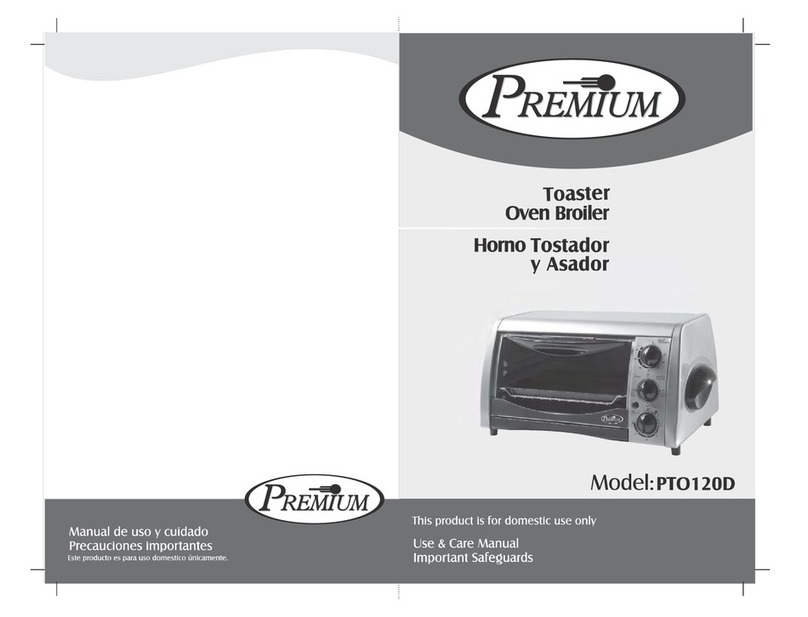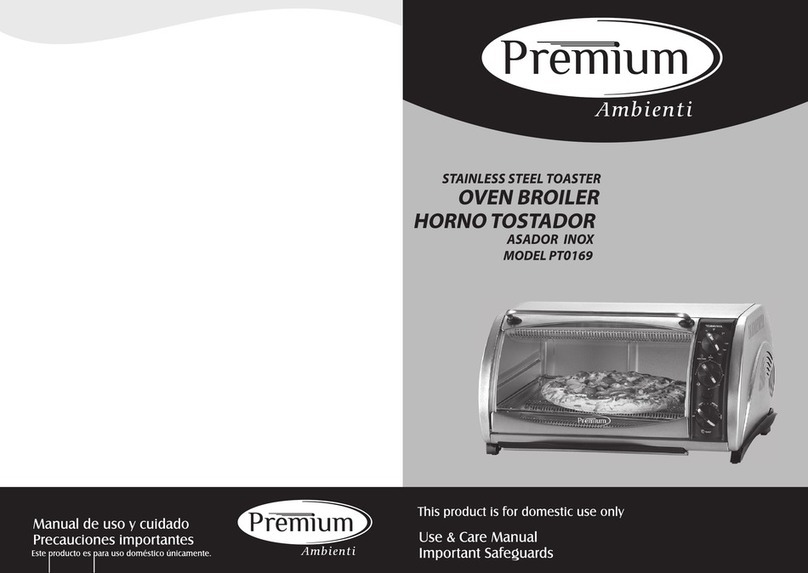-- - 2 -
INSTALLATIONS
Safety precautions for installation
1. The electric installation shall be equipped with a safety device, able to disconnect the appliance
from mains in all wires, with the distance between contacts of not less than 3mm in open
position. Good protection is provided by the LS-switches and/or fuses.
2. The connection may be carried out by rubber mains lead(type HO5RR-F with green/yellow
earth wire), PVC insulated mains lead (type H05VV-F with green/yellow earth wire) or other
cables of equal or better quality.
3. Panels, glue and furniture lining from artificial materials, adjacent to the appliance must be
temperature resistant (>75°C), otherwise they might be deformed.
4. Remove any packaging materials (foils, artificial foam, nails, etc.) from the reach of children,
because they represent potential danger. Children may swallow small parts, or suffocate with
foils.
Installation of oven
1. Panels and furniture lining of the kitchen cabinet receiving the hob must be treated with
temperature resistant adhesives (100°C), otherwise they might be discoloured or deformed
because of inadequate temperature resistance.
2. Before installation you must remove the rear panel from the kitchen cabinet in the area of
installation.
3. Follow the exact dimensions of the installation aperture, indicated on the illustration.
4. Bottom of the kitchen cabinet (max 530 mm) must always be shorter than side panels in order
to provide adequate ventilation.
5. Level the kitchen cabinet using the spirit level.
6. Kitchen cabinet carrying the installed appliance must be fixed to the adjacent cabinet to ensure
adequate stability.
7. Push the appliance into the cabinet so that screw guides located in the oven frame holes stay
on the cabinet side panels. Be careful not to tighten the screws excessively because you may
damage the cabinet sides or the enamel of the appliance.


































